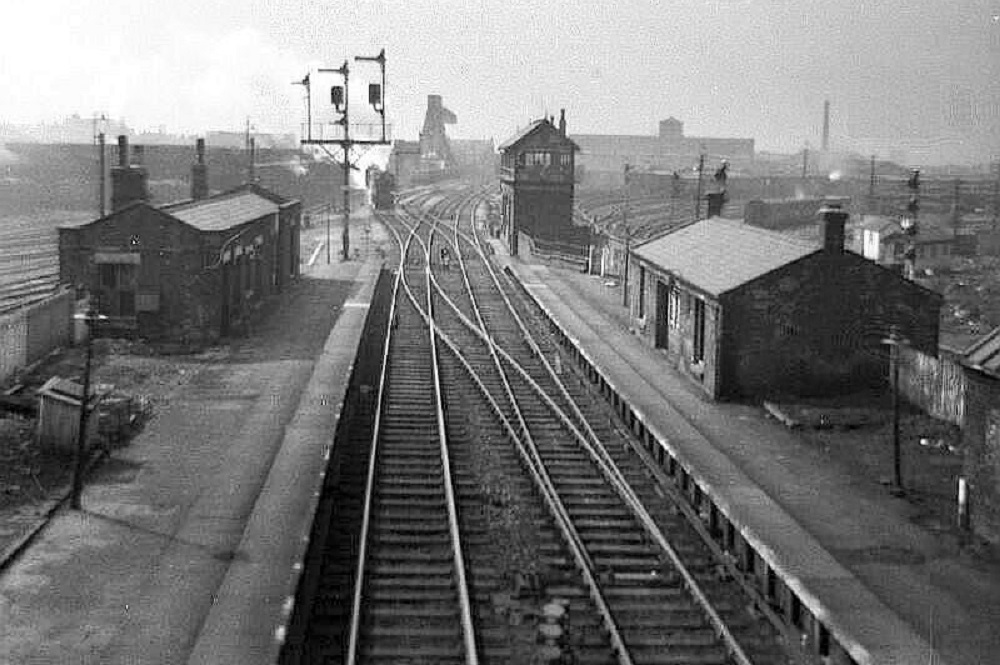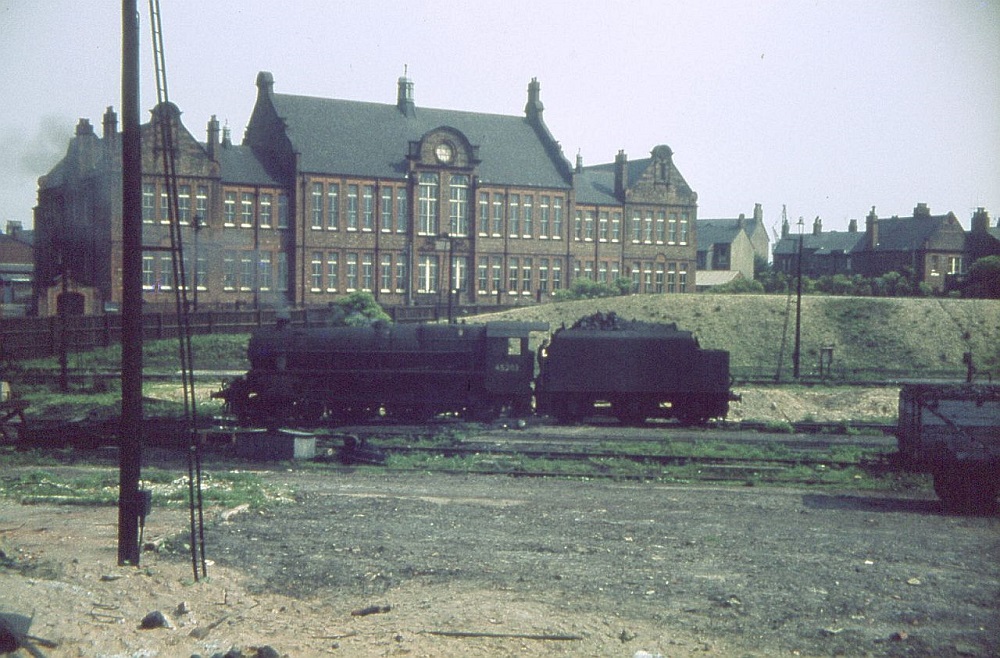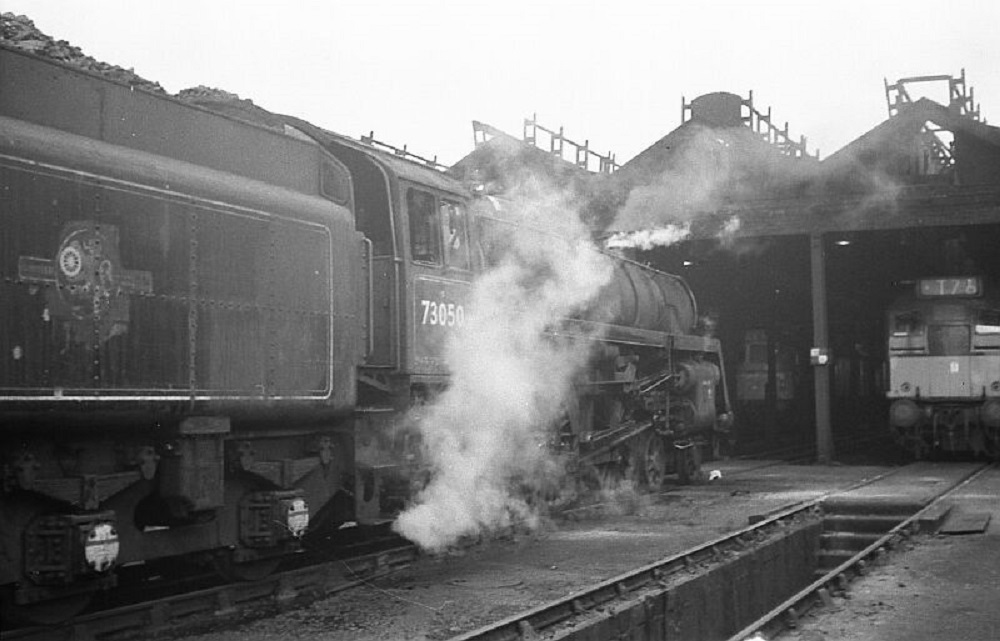I’d never heard of North West Theatre Arts Company until a few weeks ago. Didn’t know a theatre even existed this close to home. I decided to see Trench, an original World War 1 musical. Written and directed by Prab Singh, it’s based on a story told by Prab’s wife’s Grandmother and on true accounts in letters and journals. It’s a love story and you know from the start how it’s going to end. When you go to a theatre, watch a performance and feel like you’re the only person in the audience it’s not because the performance is good – it’s because it’s VERY good. Trench is VERY good. There are several reasons why it makes you feel this way.
When you go to a theatre, watch a performance and feel like you’re the only person in the audience it’s not because the performance is good – it’s because it’s VERY good. Trench is VERY good. There are several reasons why it makes you feel this way.
The set’s not elaborate. It doesn’t have to be but it is convincing. We’ve seen enough WW1 films to know what the trenches looked like, barbed wire and sandbags need no explanation. The production is ‘stripped back’ to basics and the imagery is enough for you to know that those are guns, tin hats and bandages. What you are left to concentrate on is the performance of the young actors playing the parts of soldiers, wives, girlfriends, children and friends.
You hear their words, listen to beautifully sung lyrics and feel their emotions.
In the back-ground a few realistic sound effects, clever lighting and the odd drift of smoke allows you to ‘sense’ the horrific reality of the battlefield scenes and the noisy atmosphere of the mill floor back home. The attention to detail is subtle and convincing.
This sensitivity in the production allows the performers to take full control of the stage. They grab your attention from the start and don’t let it go again until the finish. The only break from this is the interval when you look around and realise you’re not the only person there after all.
I take my chance to read through the programme while the lights are up. There’s a piece by Mark Beaumont (Production Designer) about how the army and Manchester Pals were formed, as well as photographs of the cast. I was struck by the fresh young faces and chilled to think that they would be similar in age to the soldiers, wives and girlfriends they were portraying. In WW1 an estimated 250,000 British soldiers were teenagers.
I buy a poppy every year. I’ve watched the remembrance service and laying of wreaths at the Cenotaph on TV countless times. Don’t think I’ve ever felt, really felt what it might have been like. Having no choice but go over the wall when the whistle blew or wait for that telegram or pick up the pieces and get on with life afterwards.
These young people made me cry. I was just glad the lights were back down…and I knew from the start how it was going to end!
 Newton Heath locomotive depot in 1967, from the Thorp Road end, with the coal tower dominating the scene. St.Mary’s Road school can just be seen in the right background
Newton Heath locomotive depot in 1967, from the Thorp Road end, with the coal tower dominating the scene. St.Mary’s Road school can just be seen in the right background The south-facing end of the buildings in July 1966; the half-width steam shed (left), with the diesel shed and refurbished repair shop on the right. The south-end turntable is in the foreground
The south-facing end of the buildings in July 1966; the half-width steam shed (left), with the diesel shed and refurbished repair shop on the right. The south-end turntable is in the foreground A view towards Manchester from the footbridge at the original (1853) Newton Heath station on 30 March 1967. The steam shed is on the left, with the coaling tower in the distance, the carriage works beyond and the sidings to the right of the signal box. Today, only the tracks in the foreground remain – all else has gone. [Photo: S.P.Wilson]
A view towards Manchester from the footbridge at the original (1853) Newton Heath station on 30 March 1967. The steam shed is on the left, with the coaling tower in the distance, the carriage works beyond and the sidings to the right of the signal box. Today, only the tracks in the foreground remain – all else has gone. [Photo: S.P.Wilson] A ‘Black 5’ loco backs off the north-end turntable in August 1967, with the school on the far side of St.Mary’s Road. How many lessons were disregarded, through gazing out of the windows? [Photo: S.P.Wilson]
A ‘Black 5’ loco backs off the north-end turntable in August 1967, with the school on the far side of St.Mary’s Road. How many lessons were disregarded, through gazing out of the windows? [Photo: S.P.Wilson] 8 September 1968 and the shed hosts its last steam visitor, hissing at the diesels lurking within
8 September 1968 and the shed hosts its last steam visitor, hissing at the diesels lurking within